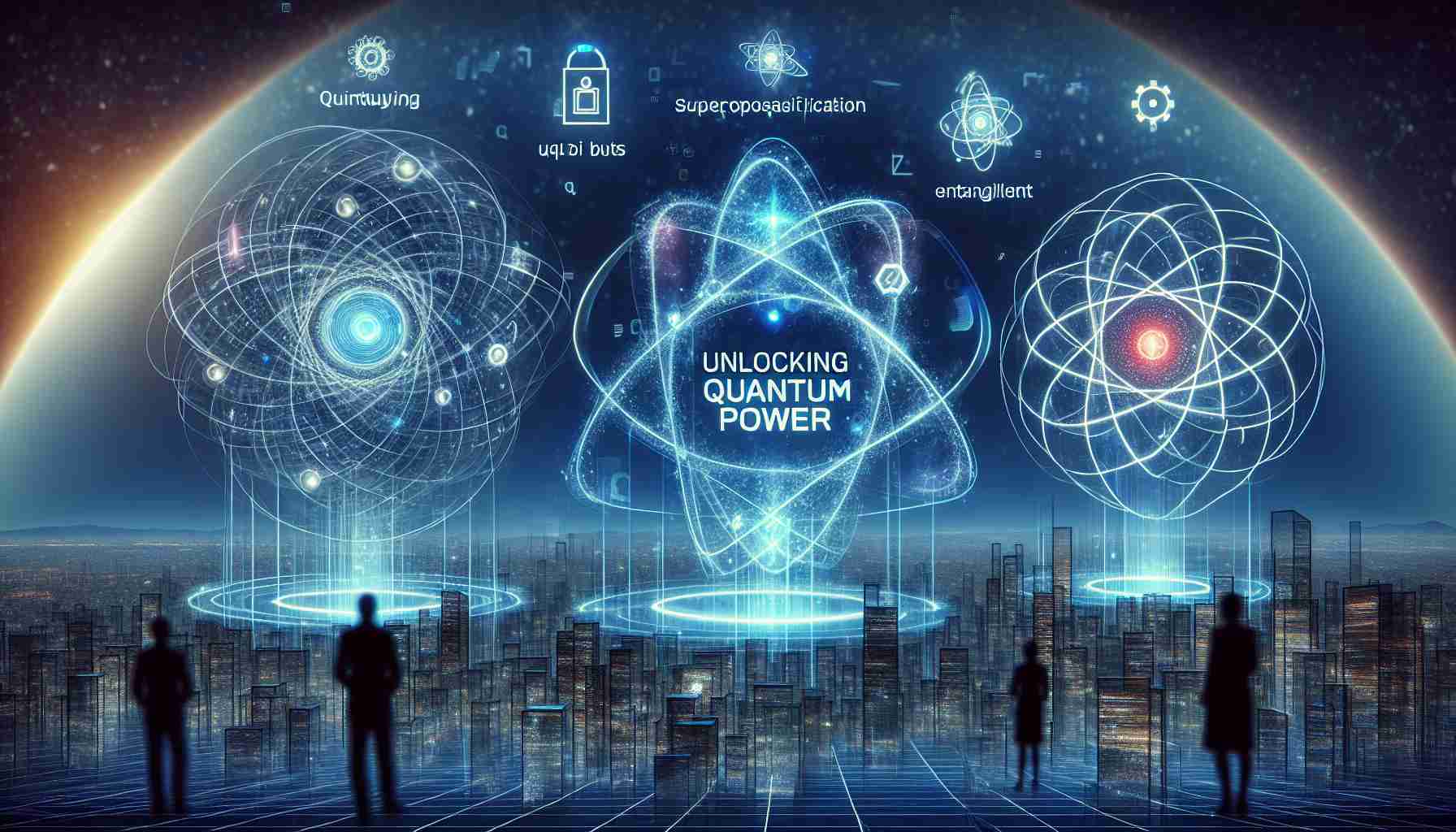- Governor Tony Evers inaugurated a new electric vehicle charging station in Chippewa Falls.
- The station can fully charge electric vehicles in just 20 to 30 minutes.
- This initiative highlights Wisconsin’s commitment to expanding electric vehicle infrastructure.
- The charging station aims to promote cleaner energy and sustainable transportation.
- Accessible charging options are vital for increasing the adoption of electric vehicles.
- Such initiatives contribute significantly to reducing carbon footprints and environmental impact.
- The local community is encouraged to embrace electric vehicles as part of a greener future.
In a striking demonstration of progress, Governor Tony Evers recently powered up an electric vehicle at the brand-new charging station located at Kwik Trip on Chippewa Crossing Boulevard in Chippewa Falls. With a quick connection, he discovered that the vehicle would be fully charged in just 20 to 30 minutes, a testament to the rapid advancements in electric vehicle technology.
The atmosphere was electric—literally—as locals gathered to witness this moment of innovation. Evers expressed his excitement over this groundbreaking initiative, emphasizing the importance of expanding electric vehicle infrastructure in Wisconsin. The new station symbolizes a commitment to cleaner energy and sustainability, encouraging more drivers to make the switch to electric.
This state-of-the-art charging station is a significant leap towards a greener future, making it easier for residents and visitors alike to embrace electric vehicles. As the world shifts toward renewable energy sources, such initiatives are crucial in reducing carbon footprints and fostering environmentally friendly transportation options.
Key Takeaway: The installation of this charging station in Chippewa Falls marks a pivotal step towards a more sustainable future, inspiring both excitement and ambition in the local community. As electric vehicles become increasingly popular, having accessible charging options will play a critical role in fostering a cleaner and more efficient transportation landscape. Embrace the change—electric is the way forward!
Revving Up Wisconsin’s Electric Future: New Charging Station Sparks Excitement
Advancements in Electric Vehicle Infrastructure
The recent inauguration of the electric vehicle (EV) charging station at Kwik Trip in Chippewa Falls, Wisconsin, marks a significant step forward not only in local infrastructure but also in the broader push for sustainable energy solutions. This state-of-the-art facility is designed to support the increasing number of electric vehicles on the roads by providing fast and efficient charging options.
# Features of the New Charging Station
1. Fast Charging Technology: The charging station utilizes cutting-edge fast charging technology that allows drivers to recharge their EVs in a mere 20 to 30 minutes.
2. Increased Accessibility: With its prime location, this station aims to make electric vehicle ownership more convenient, particularly for residents and travelers.
3. Support for Diverse Vehicle Models: The station is compatible with a variety of electric vehicle models, ensuring users have a seamless charging experience regardless of their vehicle brand.
Market Forecast for Electric Vehicle Growth
The EV market is poised for exponential growth over the next decade. According to recent forecasts, the global electric vehicle market is expected to reach a valuation of over $800 billion by 2027, growing at a CAGR of approximately 29%. This surge is driven by technological advancements, government incentives, and a growing consumer preference for sustainable transportation options.
Pros and Cons of Electric Vehicles
Pros:
– Environmentally Friendly: Electric vehicles produce zero tailpipe emissions, reducing air pollution.
– Lower Operating Costs: EVs generally have lower maintenance and fuel costs compared to traditional gas vehicles.
Cons:
– Charging Infrastructure: In some regions, access to charging stations is limited.
– Range Anxiety: Although improving, some consumers worry about the driving range of electric vehicles compared to gasoline counterparts.
Three Key Questions About Electric Vehicle Adoption
1. How does charging time impact consumer adoption of electric vehicles?
The reduced charging time of new EV stations significantly addresses early concerns of range anxiety, making it more feasible for longer trips and daily use, which, in turn, encourages more consumers to make the switch to electric.
2. What role does government policy play in electric vehicle infrastructure development?
Government initiatives, such as grants for charging station installations and tax incentives for EV purchases, are crucial. They help to reduce financial barriers and can accelerate the transition to electric vehicles, thus enhancing infrastructure development.
3. How is the rise of electric vehicle stations influencing local economies?
The establishment of charging stations can boost local economies by attracting EV owners to nearby businesses, promoting tourism, and creating jobs related to the installation and maintenance of EV infrastructure.
Insights on Sustainability and Innovations
The shift towards electric vehicles and enhanced charging infrastructure not only aligns with sustainability goals but also drives innovations in battery technology and renewable energy. Future developments might include solar-powered charging stations and advancements in energy storage solutions, further reducing the carbon footprint of transportation.
Conclusion
The new electric vehicle charging station in Chippewa Falls serves as a beacon of progress towards a sustainable and cleaner future for transportation. The excitement generated from this initiative showcases the community’s commitment to embracing innovative solutions and paves the way for broader adoption of electric vehicles.
For more information on electric vehicle trends and infrastructure, visit Energy.gov.

















